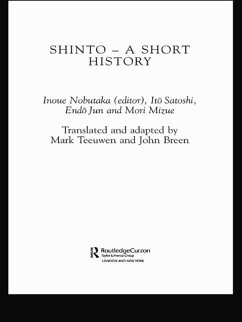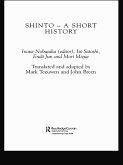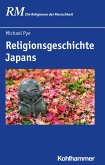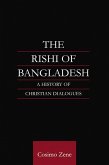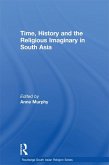Shinto does not offer a readily identifiable set of teachings, rituals or beliefs; individual shrines and kami deities have led their own lives, not within the confines of a narrowly defined Shinto, but rather as participants in a religious field that included Buddhist, Taoist, Confucian and folk elements. Thus, this book approaches Shinto as a series of historical 'religious systems' rather than attempting to identify a timeless 'Shinto essence'.
This history focuses on three aspects of Shinto practice: the people involved in shrine worship, the institutional networks that ensured continuity, and teachings and rituals. By following the interplay between these aspects in different periods, a pattern of continuity and discontinuity is revealed that challenges received understandings of the history of Shinto.
This book does not presuppose prior knowledge of Japanese religion, and is easily accessible for those new to the subject.
Dieser Download kann aus rechtlichen Gründen nur mit Rechnungsadresse in A, B, BG, CY, CZ, D, DK, EW, E, FIN, F, GR, HR, H, IRL, I, LT, L, LR, M, NL, PL, P, R, S, SLO, SK ausgeliefert werden.
'This book should have wide appeal to teachers of East Asian relgions as a detailed textbook for upper-level undergraduates and taught postgraduates, as well as being a useful resource for scholars. The use of the concept of 'religious tradition' as an analytical framework is an important contribtution and gives much food for thought for all scholars of religious studies.' Social Anthropology
'This book should have wide appeal to teachers of East Asian relgions as a detailed textbook for upper-level undergraduates and taught postgraduates, as well as being a useful resource for scholars. The use of the concept of 'religious tradition' as an analytical framework is an important contribtution and gives much food for thought for all scholars of religious studies.' Social Anthropology

